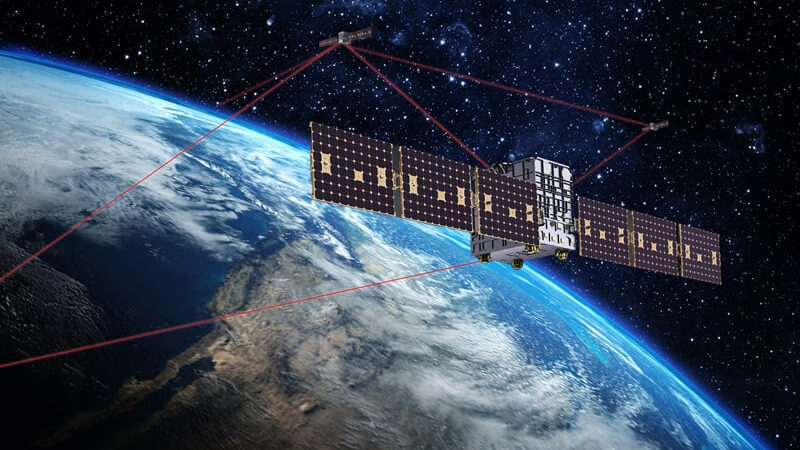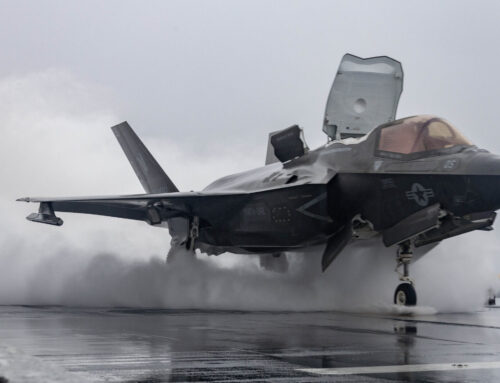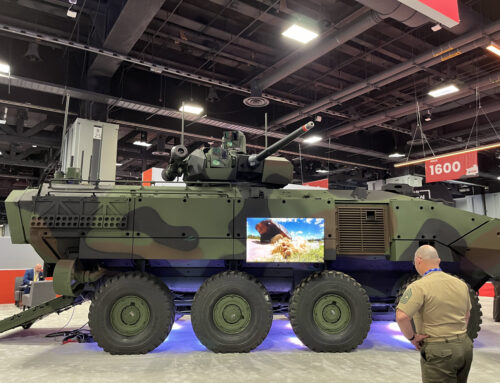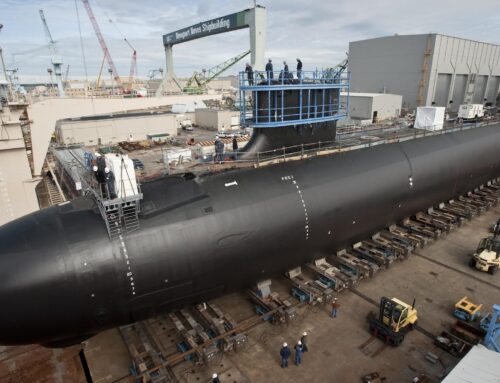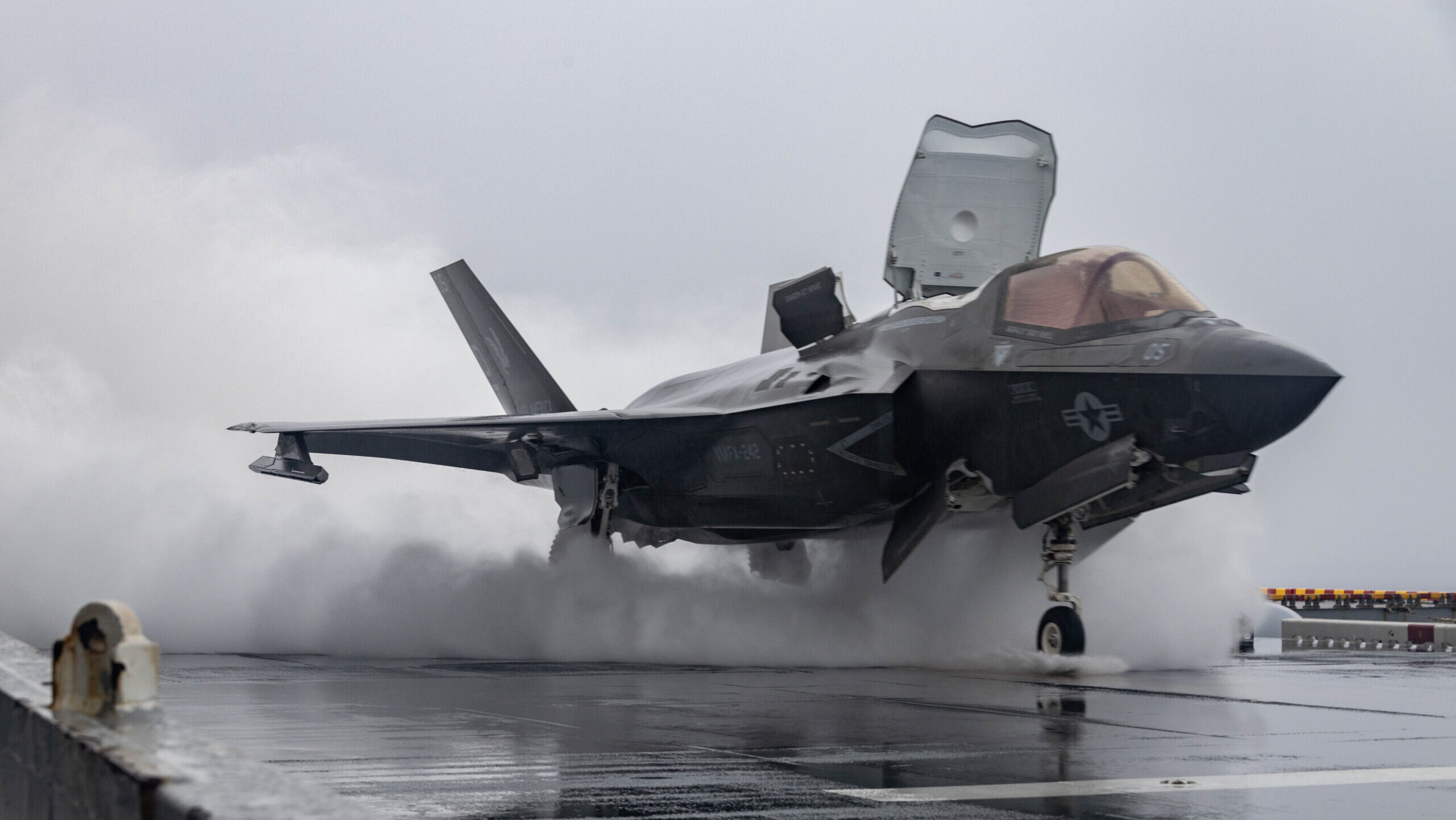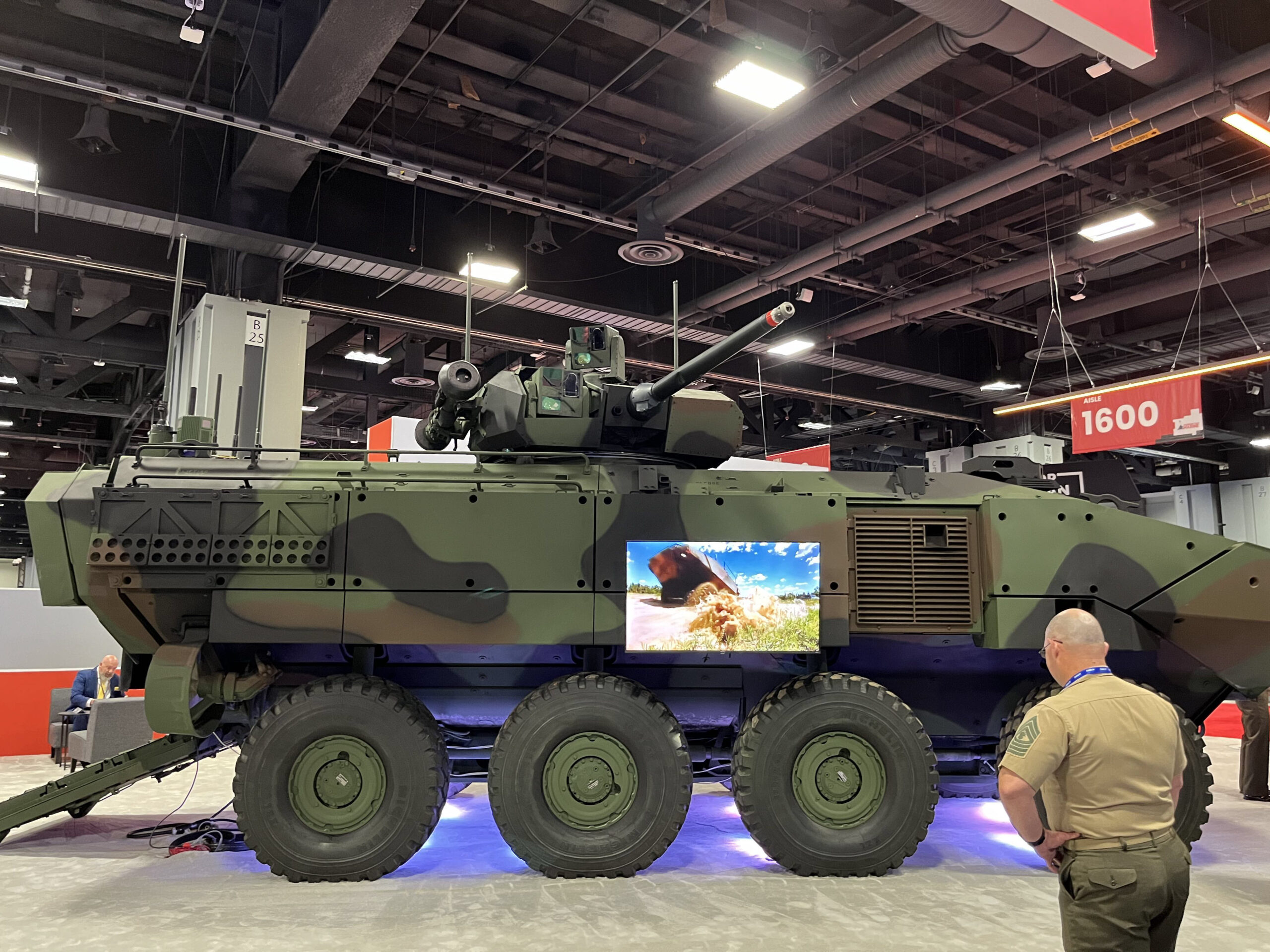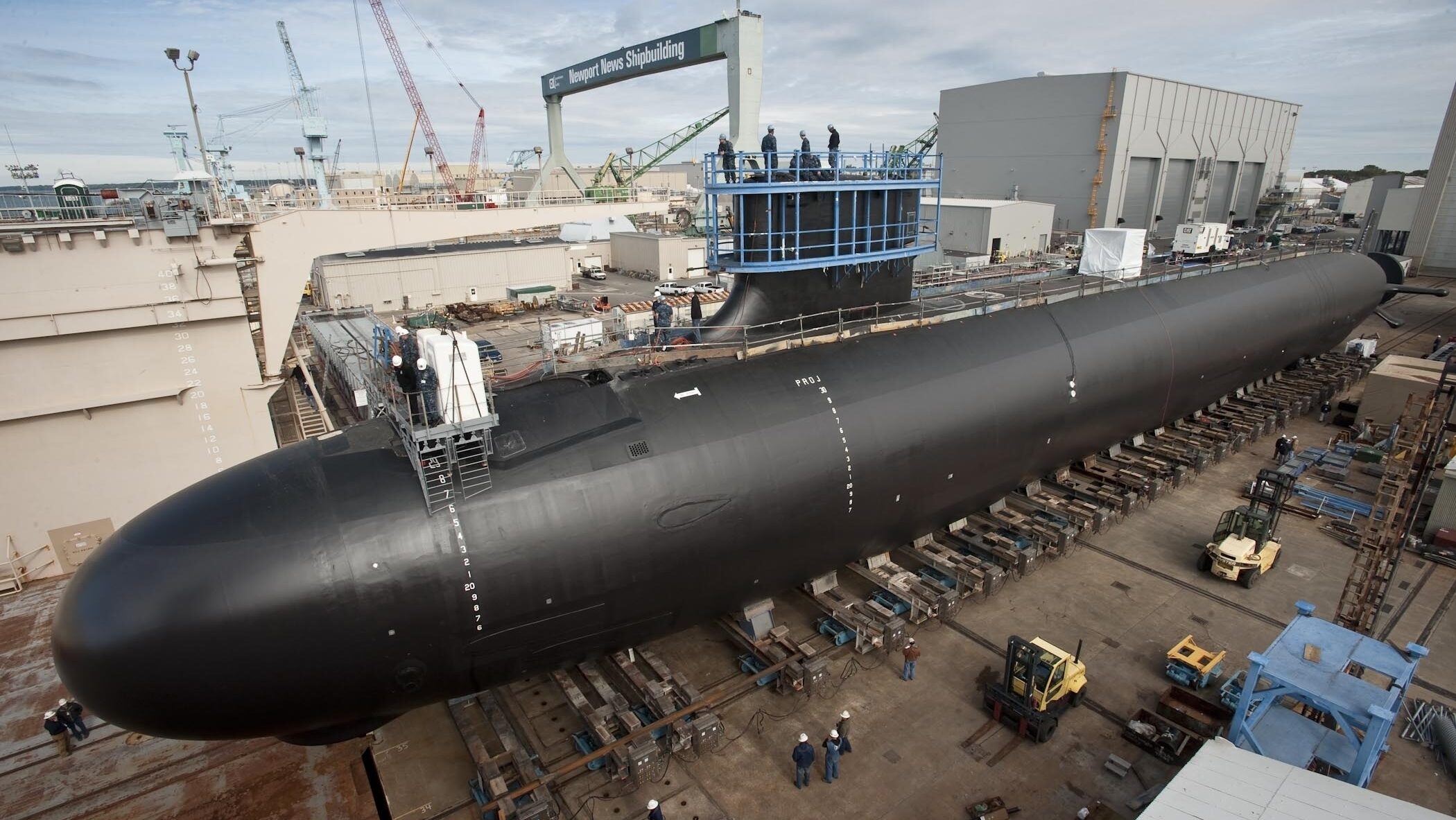SDA Tranche 0 Transport Layer (Image: Terran Orbital Corporation)
WASHINGTON — Lockheed Martin has completed its acquisition of small satellite maker Terran Orbital, the company announced today.
The smallsat producer — now known as Terran Orbital, a Lockheed Martin Company — will report to Lockheed’s space unit and serve as a merchant supplier to other major space primes, Lockheed said.
The $450 million deal, which was announced in August, resolves Terran Orbital’s mounting debt problems by uniting it with its biggest customer, which has previously bought the startup’s products for the Space Development Agency’s (SDA) transport and tracking layer of small satellites.
The acquisition also gives Lockheed the opportunity to expand from its legacy position making large satellites for the defense sector into the small satellite business, where it may be able to pick up commercial sales.
“The addition of Terran Orbital’s spirit of entrepreneurship to the scale of Lockheed Martin means there is a great deal of opportunity to keep pushing the boundaries of technology and space solutions together,” Robert Lightfoot, president of Lockheed Martin Space, said in a statement. “We welcome their ingenuity and dedication to ensuring mission success and we’ve always valued those aspects of our working relationship.”
Lockheed has had a longstanding relationship with Terran Orbital, having invested in the company multiple times since 2017 through its venture capital arm. Terran Orbital is the first company that Lockheed has acquired from its ventures portfolio.
In August, Terran’s Tyvak Nano-Satellite Systems subsidiary announced a $254 million contract to build 10 satellites for SDA’s Tranche 2 Transport Layer (T2TL) Gamma contract.
The company also brings its expertise in synthetic aperture radar (SAR) for remote sensing, with its PredaSAR subsidiary.
In 2023, Terran Orbital received $500 million from the Defense Advanced Research Projects Agency for the organization’s Digital Radar Image Formation Technology (DRIFT) program. Under that effort, the company is expected to demonstrate at least two SAR satellites, which will fly in formation to better see a target area and allow fusion of imagery via advanced processing.


